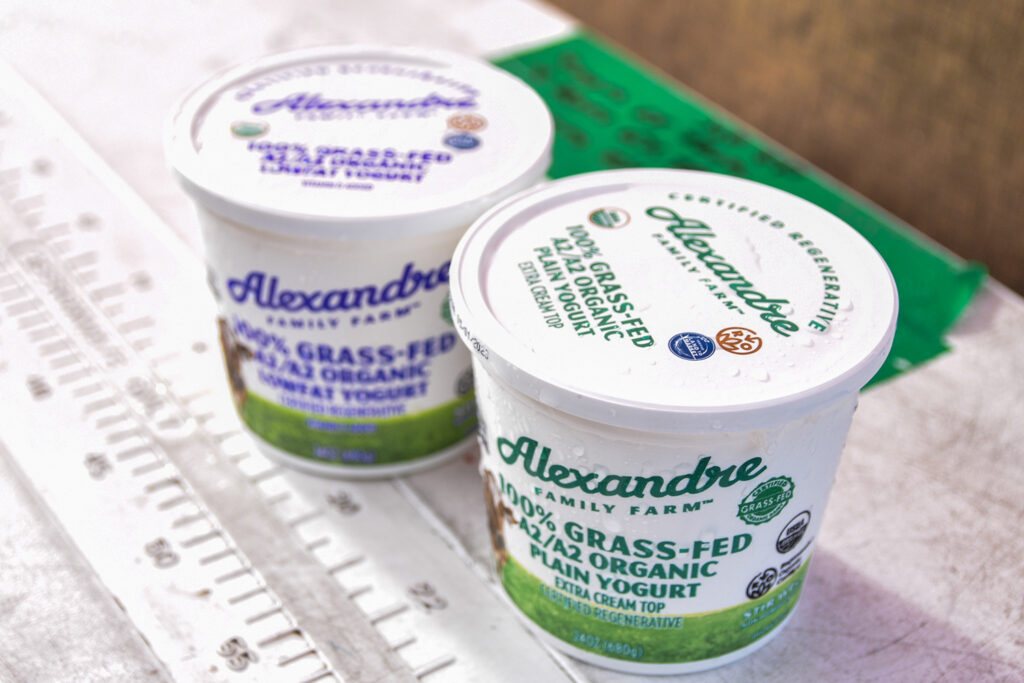Yogurt

This tart treat is one of the oldest fermented foods, and it has been found all over the world in nearly every culture that keeps animals for milk. Cow’s milk is most commonly used to make yogurt, but milk from goats, sheep, and even horses can be used.
While the bacteria found in yogurt vary by region, the process by which yogurt is created is very similar across the board. Bacteria are introduced to fresh milk, the bacteria ferment the lactose in the milk, lowering the pH, which thickens the milk and gives yogurt its distinctive tanginess. The lactic acid produced by the fermentation process also acts as a preservative, keeping yogurt good for over a month with refrigeration.
The “good” bacteria, or probiotics, found in yogurt are often touted as being beneficial for digestive health, leading many with lactose intolerance to favor it over other dairy products. While studies on probiotics continue, they are currently thought to boost immunity, help break down foods, synthesize vitamins, and possibly even help prevent some types of cancer. Yogurt is also a source of protein, calcium, potassium, magnesium, and vitamins B2 and B12. Yogurt is great on its own and can also be paired with sweet ingredients like fruit and honey or with more savory fare like meat or vegetables.
Industrial yogurt production can differ from small-batch production in several ways. Industrially produced yogurt adheres to FDA standards which stipulate that in order for a product to be called yogurt it must be made by combining the dairy product with either Lactobacillus bulgaricus or Streptococcus thermophilus bacteria. Industrial production of yogurt is highly controlled for variables. Some companies also produce heat-treated yogurt, which prolongs shelf-life but can destroy the beneficial live and active cultures naturally present after fermentation.
In small-batch yogurt, less standardized production can sometimes mean the yogurt is not as consistent in taste, texture, and even color, because of factors like the seasonal fluctuations in the diet of the milk cows, for example, which reflect the yogurt’s “terroir.” Small-batch yogurt may also be free of the thickeners (often milk powder), stabilizers, flavorings, and preservatives sometimes added to industrially produced yogurt to extend the shelf life and create a more consistent product.
